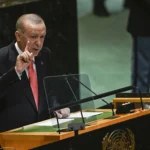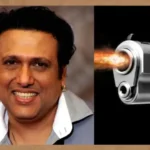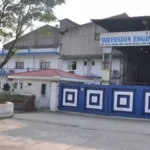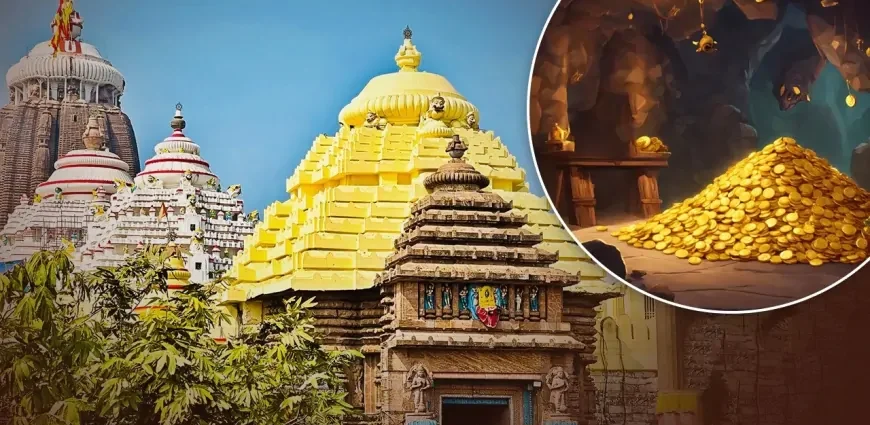After 46 years, the Ratna Bhandar, the treasure of the Jagannath temple in Puri, Odisha, which dates back to the 12th century, was reopened on Sunday afternoon.
After 46 years, the Ratna Bhandar, the treasure of the Jagannath temple in Puri, Odisha, which dates back to the 12th century, was reopened on Sunday afternoon.
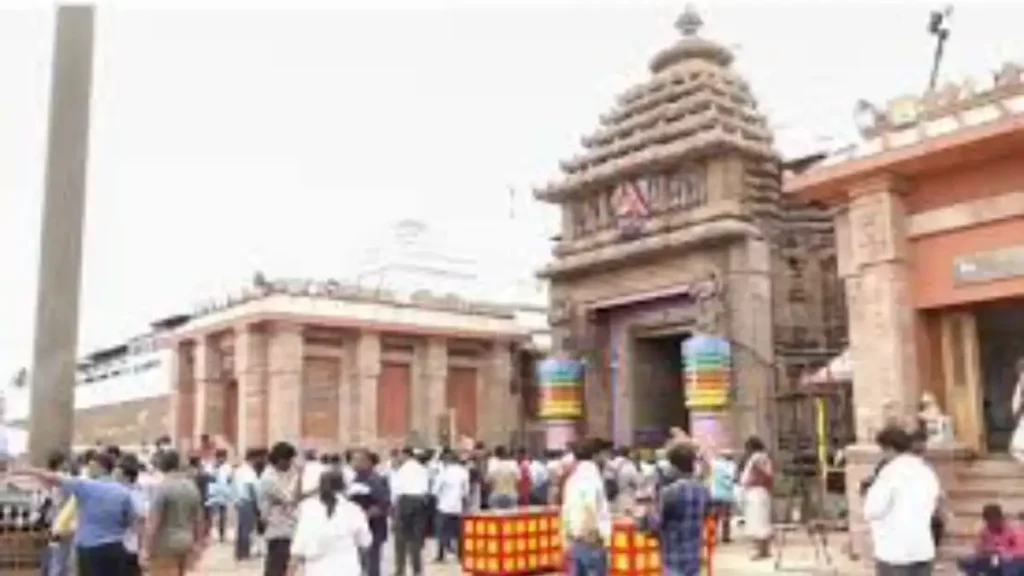
Jagannath Ratna Bhandar Opening: On Sunday afternoon, members of an 11-member committee appointed by the Odisha government entered the Jagannath temple to reopen its hallowed Treasury. Former Orissa High Court judge Biswanath Rath, ASI Superintendent DB Gadanayak, chief administrator of the Shree Jagannath Temple Administration (SJTA), and a spokesman for Puri’s titular monarch, Gajapati Maharaja, are among those who entered the treasury.
Four temple servants—Patjoshi Mohapatra, Bhandar Mekap, Chadhaukarana, and Deulikaran—entered Puri Jagannath’s Ratna Bhandar.
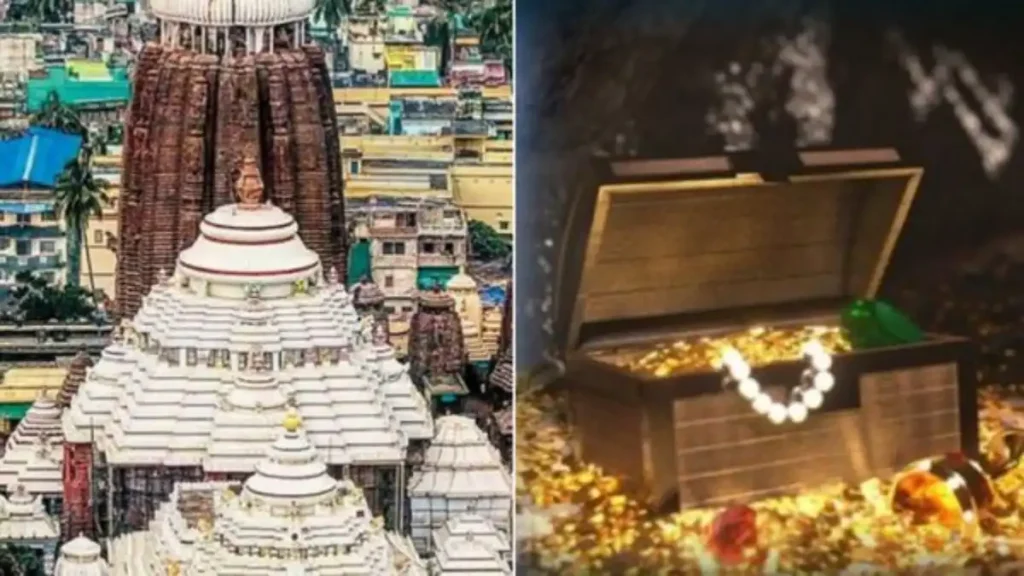
The ‘Agnya’ ritual—which requests permission to reopen the Ratna Bhandar—was finished in the morning.
What happens after the opening of Puri Jagannath Ratna Bhandar?
The priceless jewels of the Jagannath trio, Jagannath, Subhadra, and Balakhadri, are housed in the Ratna Bhandar and were given over the ages by followers and former monarchs. It is divided into two chambers: the outer chamber, called Bahara Bhandar, and the inner room, called Bhitara Bhandar.

The outer chamber of this 12th-century shrine is sometimes opened for exceptional occasions, like as the annual Jagannath rath yatra’s Suna Besha (golden attire) ceremony. However, an inventory of the treasury was last completed in 1978.
Two teams of snake catchers were at the temple as the committee members entered the treasure trove. It is suspected that the Treasury contains snakes.
“We successfully accessed the outer Ratna Bhandar, and all the ornaments have been securely shifted to a temporary strongroom located at ‘Changada Ghara’ and ‘Phula Ghara,’” Padhee stated in a media statement following the Ratna Bhandar’s opening.
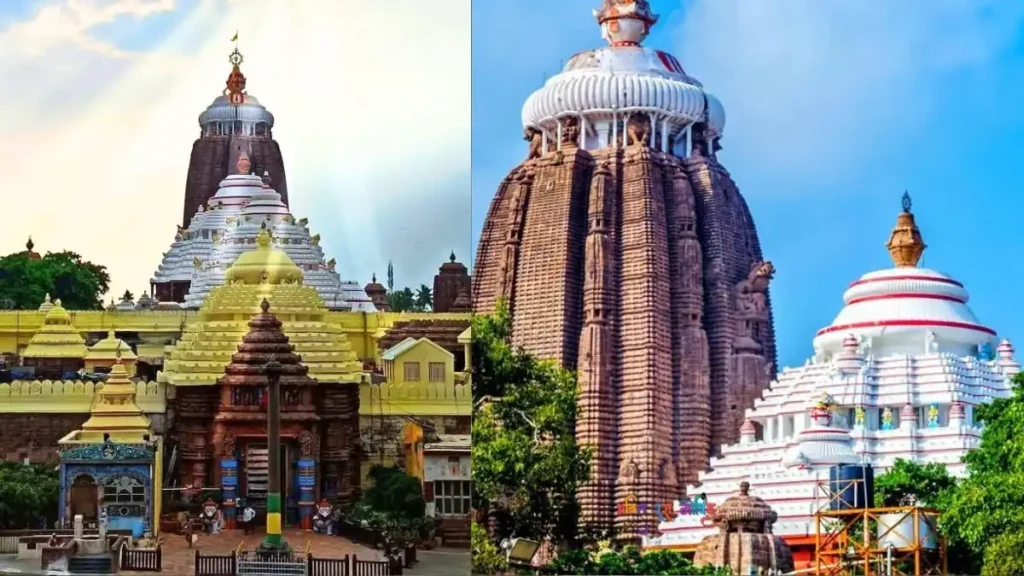
“After that, the approved individuals went into the Treasury’s inner chamber. There were three locks. The key that was kept with the district administration was ineffective for opening any locks. Thus, according to Standard Operating Procedures (SOPs), we entered the inner room after breaking the three locks in front of a magistrate. We looked over the valuables in the chests and almirahs,” Padhee was cited by PTI as adding.
He said that the inner Ratna Bhandar’s contents would be moved on a different day because of time restrictions and the extensive scope of the task.
The process will be completed another day
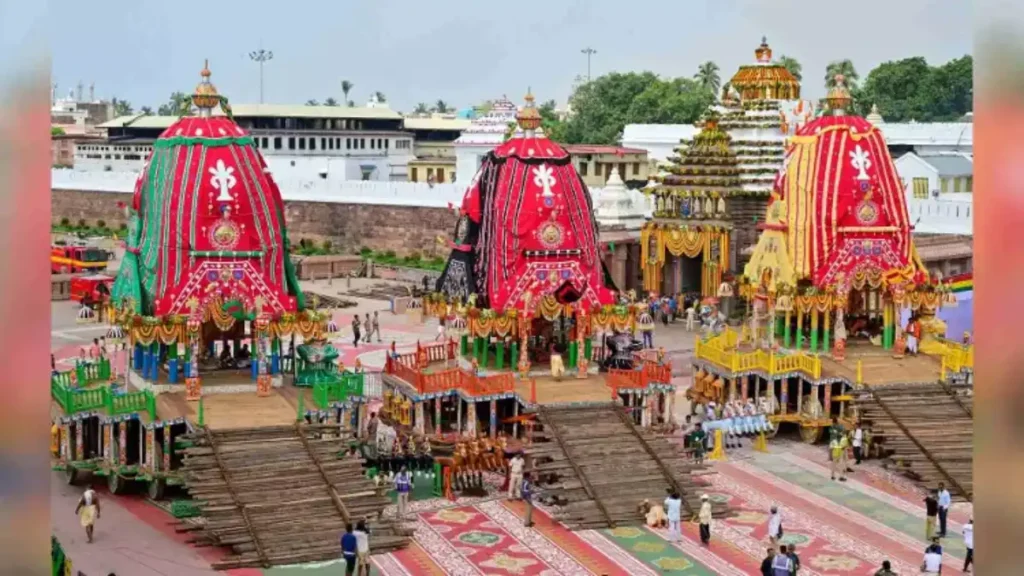
“We will finalize another day for this complete process, as the shifting of the contents cannot be done partially,” Padhee stated, adding that all SOPs planned for the Ratna Bhandar’s opening were followed.
Padhee continued, “To ensure that everything was handled with the utmost care and respect for the temple’s sanctity, the process was intricate and took considerable time.”
According to PTI, Justice Rath said, “The temporary strong room has been locked and the keys have been given to three authorized persons as daily use ornaments are also there after shifting the ornaments from the outer chamber.”

He was quoted as claiming that the inner chamber’s doors were secured with new locks, and the Puri collector received the keys. The entire procedure was captured on camera.
The committee also created three SOPs for the entire procedure before the reopening.
“There are now three SOPs. PTI reported an official stating, “The first is related to the Ratna Bhandar’s reopening, the second is related to the management of the temporary Ratna Bhandar, and the third is related to the inventory of the valuables.”
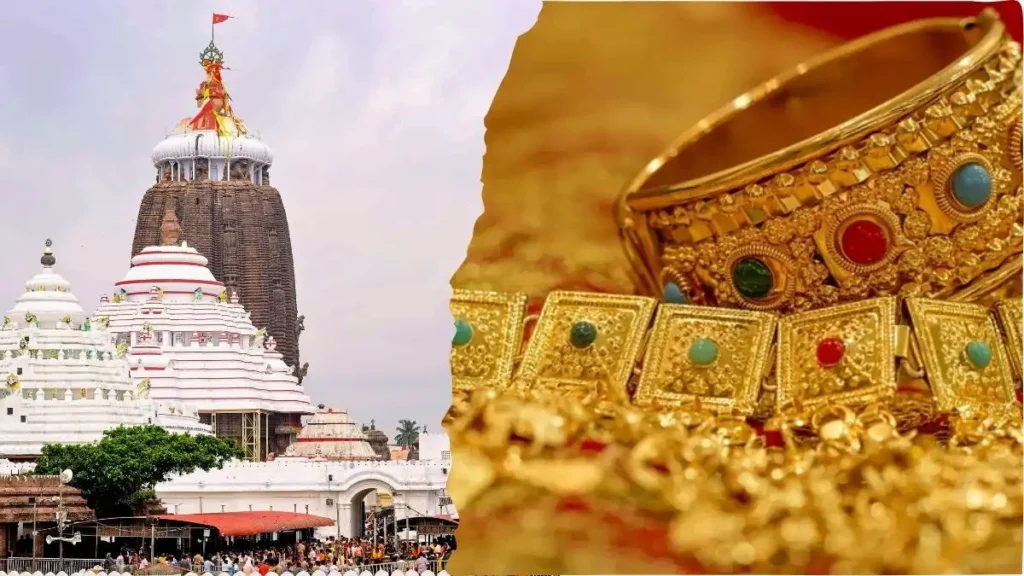
“Work on the inventory will not begin today. The employment of valuers, goldsmiths, and other professionals will take place once the government has given its assent,” the person continued.
The government has decided to create a digitized inventory of the treasures in the Ratna Bhandar of Jagannath temple, complete with specifications like weight and manufacturer.


